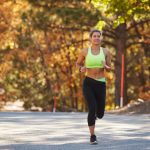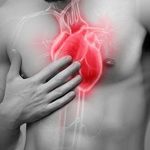
One potential solution to reducing chronic pain: Get moving. A new Norwegian study finds that physically active folks have greater pain tolerance compared to sedentary types. Those with higher levels of activity also had higher pain tolerance, according to the report published online May 24 in PLOS ONE. “Becoming or staying physically active over time can benefit your pain tolerance. Whatever you do, the most important thing is that you do something,” study author Anders Årnes, a PhD student at University Hospital of North Norway, and colleagues said in a journal news release. For the study, the investigators analyzed data from more than 10,000 adults who participated in a large population survey conducted periodically in Norway. Using data from two rounds of the study — 2007 to 2008 and 2015 to 2016 — the researchers examined participants’ self-reported levels of physical activity and their levels of pain tolerance. Pain tolerance was tested by submersing a hand in cold water. Those who reported being physically active in either round of the study had higher pain tolerance than those who reported a sedentary lifestyle in both rounds. Also, participants with higher total activity levels had higher pain tolerance. Those with higher activity in the second round than in the first round had a higher overall level of pain tolerance, the findings showed. The researchers did not find… read on > read on >





























-300x200.jpg)







-300x169.jpg)
